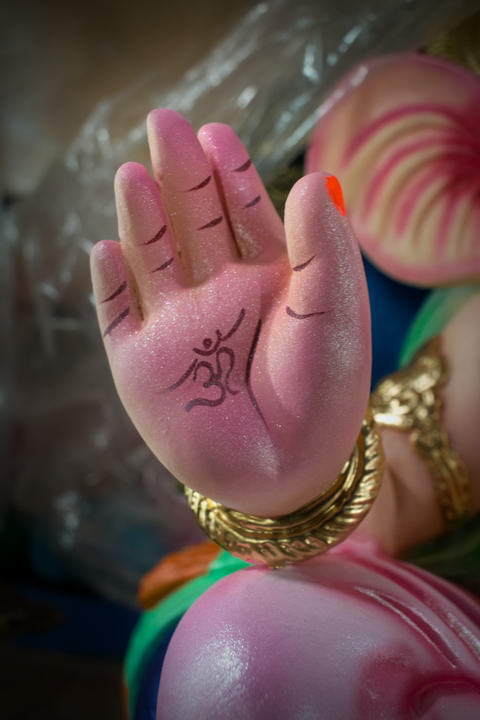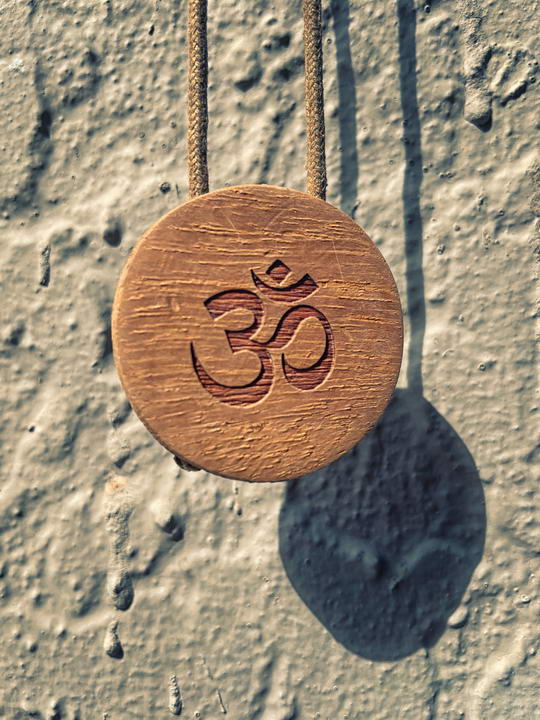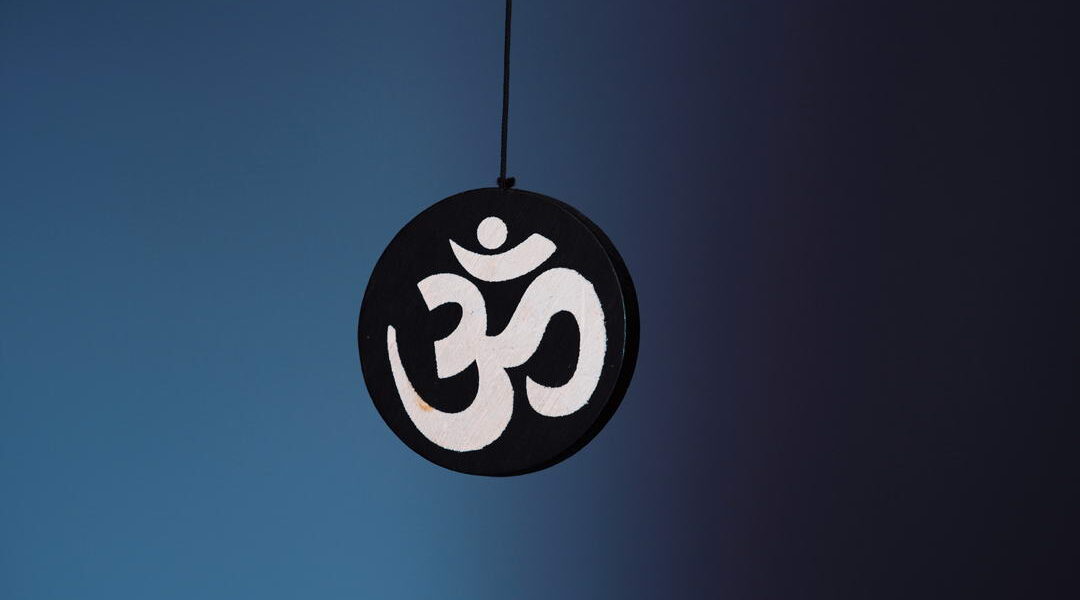OM: Unveiling the Sacred Sound of Universal Harmony
In the ancient tapestry of spiritual practices, there exists a sacred syllable that resonates with the very essence of creation. This syllable is “OM,” a universal and timeless sound that holds profound significance across various traditions. Whether chanted, recited, or meditated upon, OM encapsulates the essence of existence and serves as a powerful tool for spiritual awakening. In this article, we embark on a journey to uncover the multifaceted meaning and significance of OM, exploring its origins, symbolism, and its resonance in the modern world.
The Essence of OM:
OM is a primal sound, often referred to as the “sound of the universe.” It is a monosyllabic representation of the unmanifest, the formless, and the source of all creation. In Hindu philosophy, OM is considered the primordial vibration from which the cosmos emerged, and it is held in high reverence as a manifestation of the divine.
Explore Meditation Retreats & Wellness Retreats
Explore Yoga Retreats with Tejomaia.com

Key Aspects of OM:
- Cosmic Creation: In the ancient Indian scriptures, it is said that the universe was created through the vibration of OM. Chanting OM is believed to align one’s consciousness with the fundamental frequency of existence.
- Trifold Nature: OM is comprised of three sounds—A, U, and M. These sounds symbolize creation, preservation, and dissolution, representing the cyclical nature of existence.
- Symbol of the Divine: OM is often regarded as a symbol of the ultimate reality or Brahman. Its visual representation (ॐ) mirrors its trifold nature and is used to invoke the divine presence.
- Resonance in the Body: The pronunciation of OM engages specific points in the mouth, throat, and chest, creating a physical resonance that mirrors the cosmic vibration it represents.
Cultural and Spiritual Significance:
- Hindu Tradition: OM holds a central place in Hindu spirituality, symbolizing the unity of all existence and serving as a focal point for meditation and chanting.
- Buddhist Practice: In Buddhism, OM represents the enlightened body, speech, and mind of the Buddha. It is often chanted to invoke blessings and protection.
- Universal Symbol: Beyond specific traditions, OM has transcended cultural boundaries, resonating with people of various backgrounds as a symbol of unity and interconnectedness.
Modern Relevance:
- Meditation and Mindfulness: OM is frequently used as a mantra in meditation, helping practitioners attain a state of focus, tranquility, and expanded awareness.
- Sound Healing: The vibrational quality of OM is utilized in sound healing practices to restore balance and harmony to the body, mind, and spirit.
- Yoga Practice: Incorporating OM into yoga practice, especially during the practice of pranayama (breath control), enhances the mind-body connection and deepens the yogic experience.
Practical Application:
- Meditation: Begin or end your meditation practice by chanting or silently repeating OM, allowing its resonance to guide you into a state of inner stillness.
- Yoga: Integrate OM into your yoga practice, either by chanting it during class or using it as a mantra during asanas and pranayama.
- Mindful Presence: Reflect on the trifold nature of OM—A, U, and M—as a reminder of the cycles of creation, preservation, and dissolution inherent in life.

OM is not just a sound; it is a sacred vibration that reverberates through the fabric of existence. Its resonance echoes in the hearts of seekers, uniting them in a shared journey of self-discovery and spiritual awakening. As we delve into the profound meaning of OM and incorporate it into our practices, we align ourselves with the cosmic rhythm, opening the gateway to deeper awareness, inner peace, and a harmonious connection with the universe.
Explore Meditation Retreats & Wellness Retreats
Explore Yoga Retreats with Tejomaia.com


